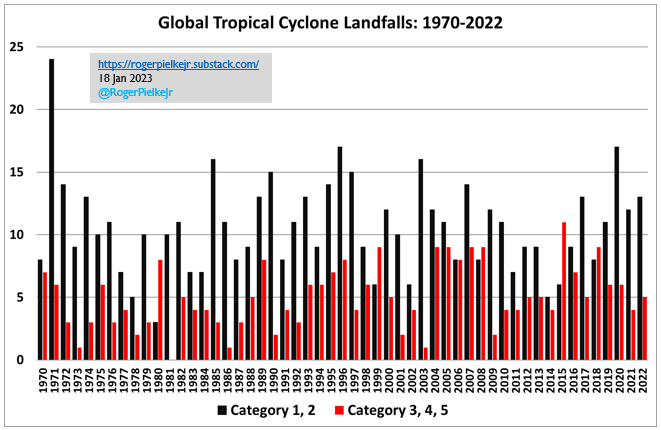First, thanks for posting sources, that makes a reasonable discussion possible. Second, an internet forum is woefully inadequate to completely hash out this topic. Here are just some quick points. There are a lot of ways to slice and dice the hurricane data, so this is a very complex subject with mountains of data and analysis.
First, the Colorado State University data. The "Observed Atlantic Named Storms - Early August Forecast" trend does show an increase. This is a comparison of their predictions, and actual observations (from:
https://www.koaa.com/news/covering-...ason-plus-why-we-study-hurricanes-in-colorado)

The really remarkable thing here is that they have been able to predict the August season really quite well! This is a testament to the quality of data they're obtaining and the validity of their prediction models. Other scientific agencies using similar models (generally speaking, there are many implementations) predict that the increase in number of hurricanes will continue. (see this reference:
https://www.gfdl.noaa.gov/global-warming-and-hurricanes/)
There are moderate disagreements between Vecchi and Swanson (2008), but the predictions call for somewhere inbetween modest and substantial increases in hurricane activity.
Second, most of the data you present originates from only 1 source, Ryan Maue. He is a somewhat controversial figure, and he is not inline with the majority of climate scientists. But even he is quoted as agreeing that climate change is real, and there is a human contribution, he only disagrees on the amount. His public tweets make him sound like a climate change denier, but his scientific content acknowledges that climate change is real and humans are contributing. His quote:
"Lukewarming is not climate denial," Maue said, adding, "Most of us on this side of the issue believe in lower climate sensitivity. We don't believe there's going to be 5° of warming; we figure it's at the lower end of 1.5°."
from:
https://www.science.org/content/art...hief-scientist-key-us-climate-research-agency
See the noaa reference (
https://www.gfdl.noaa.gov/global-warming-and-hurricanes/) for a more nuanced analysis that includes more scientific perspectives that just one.
Again, there are literally mountains of data, and presenting charts from primarily only one single scientist (Maue) is misleading. One voice doesn't establish a consensus. The atmospheric models are sufficiently good to accurately predict seasonal hurricanes, and those same (or similar) models predict that the trend will continue.





























